Illuminating the Unconscious: A Guide to Jungian Archetypes
Throughout human history, the notion of the unconscious mind has captivated storytellers, philosophers, and psychologists alike. We find ourselves drawn to hidden forces that shape our thoughts, behaviours, and collective myths—forces that we sense but cannot fully articulate. Swiss psychiatrist Carl Gustav Jung explored these hidden dimensions of the psyche in great depth, ultimately proposing that universal patterns, which he called “archetypes,” reside within a collective layer of the unconscious. These archetypes, he suggested, guide our dreams, influence our myths, and appear in cultural narratives worldwide.
This guide offers a comprehensive exploration of Jung’s archetypal theory, covering its historical roots, theoretical underpinnings, and the specific archetypes that Jung identified. It will also detail how archetypes influence the process Jung termed “individuation”—the journey toward psychological wholeness. We will see that Jung’s ideas reverberate across mythology, religion, literature, pop culture, and even modern psychotherapy. Ultimately, a deeper understanding of archetypes can help us become more self-aware and more attuned to the profound symbolic threads that unite humanity. Whether you approach this subject from a therapeutic perspective, an academic interest, or simple curiosity, Jungian archetypes can illuminate the inner workings of your psyche in powerful, often surprising ways.
By journey’s end, you’ll gain the tools to identify your own archetypal patterns, to see how they manifest in everyday life, and to appreciate the collective unconscious’s remarkable influence on human creativity and experience. Let us begin by delving into Jung’s background and the historical context in which this transformative theory emerged.
Historical and Theoretical Background
Carl Gustav Jung: A Brief Biography
Carl Gustav Jung (1875–1961) was born in Kesswil, Switzerland. From childhood, Jung exhibited a deep fascination with the unseen realms of the psyche, a curiosity likely spurred by both his spiritual upbringing and his experiences with dreams. Jung trained in psychiatry and, early in his career, worked closely with Sigmund Freud. Their collaboration was initially fruitful—Freud even considered Jung his intellectual heir. However, tensions arose as Jung’s outlook diverged from Freud’s, particularly concerning the nature of the unconscious.
Jung’s Departure From Freudian Psychoanalysis
Freud’s psychoanalytic model focused on the personal unconscious, which he believed to be largely shaped by repressed impulses, especially sexual ones. Jung, on the other hand, began to observe patterns that seemed to transcend individual experiences, appearing in the myths, religions, and fairy tales of diverse cultures. He concluded that in addition to our personal unconscious, human beings share a deeper, transpersonal layer called the “collective unconscious.” This departure from Freud’s theory was monumental, leading to Jung’s founding of “Analytical Psychology,” a school of thought emphasizing not only personal biography but also universal, symbolic dimensions of the human psyche.
Introduction to Analytical Psychology
Central to Analytical Psychology is the belief that the psyche is composed of multiple layers:
Ego: The conscious mind, or the part of the psyche we identify as “I.”
Personal Unconscious: A reservoir of personal experiences, repressed memories, and complexes.
Collective Unconscious: The inherited, universal layer containing archetypes—innate templates or patterns that predate individual experience.
For Jung, psychological health depends on integrating all these layers, a process he termed “individuation.” Archetypes form the building blocks of the collective unconscious, animating our dreams, instincts, and cultural creations with themes older than recorded history.
The Birth of Archetypal Theory
Jung’s fascination with myth and religion led him to notice consistent motifs across cultures—for instance, themes of the heroic quest, sacred mother figures, trickster deities, and wise elders. He found similar figures in his patients’ dreams and fantasies. These observations led him to propose that certain primordial images and motifs are shared by all human beings. Although archetypal symbols vary in their cultural expression (a dragon in one culture may be a giant serpent in another), they nonetheless point to the same underlying patterns.
By bringing together his clinical insights, cross-cultural research, and personal visions, Jung laid out a conceptual framework that resonates far beyond the clinical domain. Archetypes, as we will see, touch nearly every facet of human storytelling and meaning-making.
The Structure of Archetypes in the Psyche
Defining an Archetype
An archetype, in Jung’s view, is less of a concrete image and more of a dynamic pattern—a cluster of psychological energies that universally emerges in human experience. These energies become visible to us in specific ways: as symbolic figures in myths, as dream images, or as recurring narrative roles in literature and film. Importantly, Jung insisted that the archetype is not just a static symbol but something that drives emotion, perception, and behaviour.
Archetypal Images vs. Archetypal Patterns
When discussing “archetypes,” it is essential to distinguish between the archetype itself and the images that represent it. The archetype is the underlying pattern; the images are the culturally and personally specific expressions of that pattern. For example, the “Wise Old Man” could manifest as a benevolent wizard like Gandalf, a sagely mentor like Dumbledore, or even a wise neighbor who offers guidance. In each instance, the archetypal essence is the same—sage mentorship—but the outward image reflects personal and cultural context.
Cultural and Personal Variation
While archetypes dwell at a universal level, individual experiences shape how they are perceived. A child growing up in a tech-savvy modern society might meet a “Wise Old Man” through an influential teacher who also happens to be adept with cutting-edge technology. Someone else might see the same archetype in a grandfather figure who teaches life lessons around a campfire. The variations in how archetypes appear do not undermine their universality; rather, they demonstrate that these innate patterns adapt to the environment and psyche of each individual.
Interplay With the Personal Unconscious
It is important to note that the personal unconscious—composed of memories, emotions, and complexes unique to an individual—works in tandem with the collective unconscious. A dream may simultaneously draw on both personal experiences and archetypal motifs. As we integrate and interpret our personal experiences, we often come into contact with these deeper, universal layers, which can promote profound self-discovery and transformation.
Key Jungian Archetypes
Among the many archetypes Jung wrote about, a few are especially prominent. Some represent broad psychological functions (such as the Persona or the Shadow), while others appear more like character roles (such as the Wise Old Man or the Trickster). Each of these archetypes can be recognized across cultures and eras, echoing the timelessness of the human condition.
1. The Persona
The “Persona” (from the Latin word for “mask”) refers to the face or role we present to the world. Social norms, cultural expectations, and personal ambitions all shape the Persona. Far from being merely superficial, the Persona serves a vital function: it allows us to adapt to society. We might cultivate a professional Persona at work, displaying our competence, discipline, and reliability. In other contexts—such as with family or friends—we might wear a more relaxed, playful Persona.
While the Persona is helpful for navigating social situations, difficulties arise when we over-identify with it. We may forget the deeper aspects of ourselves that lie behind the mask. Understanding one’s Persona means recognizing it as a necessary tool rather than an ultimate identity, thereby leaving room for other facets of the psyche to flourish.
2. The Shadow
In many ways, the “Shadow” is the counterpart to the Persona. It represents the repressed, hidden, or disowned parts of the self—traits we deem unacceptable, shameful, or even frightening. These could be anger, envy, greed, or any impulse we repress because it conflicts with how we want to see ourselves.
One hallmark of the Shadow is “projection.” When we have not acknowledged our own darkness, we often attribute it to others, seeing in them what we refuse to see in ourselves. For instance, a person who secretly harbours aggressive impulses might take an instant dislike to someone who is outspoken or confident, labelling them as “arrogant.” The real issue may lie in that person’s own inability to integrate assertiveness.
The work of integrating the Shadow is essential for personal growth. Through recognition and acceptance, we transform these disowned parts into constructive energies. The goal is not to become “perfect” or to eradicate challenging traits, but to welcome a fuller, more authentic sense of self.
3. The Anima and Animus
Jung conceptualized the Anima as the inner feminine in a male psyche, and the Animus as the inner masculine in a female psyche. While the binary language reflects Jung’s time and personal framework, contemporary interpretations recognize that both energies can coexist in varying degrees within any individual, regardless of gender identity.
Historically, the Anima might emerge in male dreams as a mysterious, intuitive woman offering guidance or emotional insight. The Animus might appear in female dreams as a knowledgeable or decisive male figure. Like all archetypes, these energies have dual potential. They can lead one astray—through idealization or obsession—or they can pave the way for richer emotional understanding, creativity, and wholeness.
4. The Self
Arguably the most crucial archetype in Jung’s framework is the Self, which stands at the centre of the psyche’s collective and personal aspects. The Self transcends the ego, uniting all archetypes and functions of the psyche into a unified whole. The presence of the Self is often felt during profound moments of inner revelation or spiritual awakening, where one senses a harmony that includes both conscious and unconscious elements.
For Jung, the Self is the ultimate goal of “individuation,” the psychological process by which a person becomes who they truly are. When the Self is activated, individuals experience a sense of purpose and feel more integrated—less at odds with themselves.
5. The Hero
Beyond these four core archetypes, Jung identified a host of figures who populate myths and personal fantasies. One of the most pervasive is the Hero—the character who embarks on a journey, faces trials, and emerges transformed. In everyday life, we encounter Heroic energy whenever we must surmount challenges, confront dangers, or step out of our comfort zone to grow.
Myths and popular culture brim with heroic stories—Odysseus struggling to return home, Harry Potter confronting Voldemort, Frodo journeying to destroy the One Ring. Each iteration reminds us of the universal quest for courage, resilience, and a deeper understanding of ourselves.
6. The Wise Old Man (or Wise Old Woman)
Another potent figure is the Wise Old Man or Wise Old Woman, embodying sagacity, foresight, and spiritual insight. This archetype serves as a mentor, assisting the Hero on their journey. Joseph Campbell labelled this character type the “Mentor” in his monomyth structure, although it appears in countless guises: Yoda in Star Wars, Dumbledore in Harry Potter, and Morpheus in The Matrix.
In real life, this archetype can be personified by teachers, elders, therapists, or any figure who offers guidance and valuable lessons. When we dream of a wise figure or receive sudden insight during a challenging time, we may be experiencing the activation of the Wise Old Man/Wise Old Woman energy within.
7. The Great Mother
The Great Mother represents both nurturing and destructive forces. She can be bountiful, like Demeter in Greek mythology, or terrifying, like Kali in Hinduism. As a symbol of fertility, birth, protection, and unconditional love, the Great Mother also reminds us of nature’s dual capacity to create and destroy.
In our personal lives, experiences with motherhood, whether literally through a parent or figuratively through mentors and supportive figures, often evoke this archetypal resonance. Recognizing how the Great Mother manifests can illuminate your relationship with nurturing, caring, and even the fear of loss or abandonment.
8. The Trickster
The Trickster archetype represents chaos, boundary-pushing, and sometimes comedic disruption. Tricksters like Loki in Norse mythology or Coyote in Native American stories disrupt the status quo, challenge authority, and often expose hypocrisy. While Tricksters can appear harmful or mischievous, they also inject playfulness and spur evolution by revealing hidden truths.
On an internal level, the Trickster may show up in dreams as a mischievous figure who unsettles normal expectations. While it can be uncomfortable to confront trickster energies—especially if they disrupt our carefully planned lives—they also catalyse creativity and transformation.
Individuation and the Role of Archetypes in Personal Growth
Defining Individuation
At the heart of Jung’s Analytical Psychology is the concept of individuation. Jung described individuation as the journey toward wholeness, wherein a person integrates the various components of their psyche—conscious and unconscious, personal and collective—into a unique, harmonized self. It is not about becoming flawless or detached from society; rather, it is about discovering one’s deepest nature and forging an authentic relationship with the world.
Archetypes as Guides in Individuation
Archetypes become potent allies in this journey. By noticing how we project certain qualities onto others (the Shadow), how we present ourselves in social contexts (the Persona), and how we balance our inner masculine and feminine energies (the Anima/Animus), we move toward a fuller understanding of who we are. In mythic terms, it is akin to the Hero navigating challenges with the aid of mentors, wise guides, and sometimes tricksters who force personal growth.
Integration of the Shadow and Other Archetypes
A central task in individuation is to integrate the Shadow—to acknowledge and even befriend the parts of ourselves we previously rejected. This process often begins by recognizing projections. For instance, if we find ourselves strongly disliking someone at work, we can ask: “What traits in this person remind me of something I don’t accept in myself?” The surprising answers that surface may point to hidden aspects of our psyche longing for conscious acknowledgment.
Other archetypal encounters also support individuation. Connecting with the Anima/Animus can foster emotional balance and creativity, while engaging with the Self can bring a sense of overarching purpose and spiritual cohesion. In Jung’s view, each archetype encountered consciously becomes a stepping stone toward greater wholeness.
The Goal of Wholeness
While the journey of individuation is often challenging—requiring us to confront uncomfortable truths and illusions—it can also be deeply rewarding. Individuals who engage in this process often find that they live more authentically, relate more openly to others, and perceive meaning in both triumphs and trials. In short, they become not “perfect,” but integrated beings, capable of navigating life’s complexities with wisdom and openness.
Archetypes in Mythology, Religion, and Popular Culture
Cross-Cultural Examples
One of the most compelling pieces of evidence for archetypal theory is the stunning consistency of motifs across world mythology. Many cultures, for instance, include flood myths describing a cataclysm that purges the earth, followed by renewal. Likewise, the archetype of the Hero’s journey is nearly universal, appearing in epics as varied as the Epic of Gilgamesh in Mesopotamia, Beowulf in Anglo-Saxon England, and the Ramayana in India.
Religious Symbolism
Religious narratives also brim with archetypal images. Consider the Christian concept of Christ as a dying-and-resurrecting savior figure, mirroring similar themes in the Greek myth of Dionysus or the Egyptian story of Osiris. The symbolism of baptism, communion, or pilgrimages resonates with archetypal themes of rebirth, transformation, and seeking sacred ground.
For Jung, these parallels demonstrate that religions, at their core, engage with the collective unconscious, speaking a language of archetypes that resonates profoundly with the human psyche. This perspective does not diminish the value of religious beliefs; rather, it highlights their psychological potency.
Modern Pop Culture
Archetypes are not confined to ancient myths or formal religion. They flourish in today’s pop culture—from blockbuster superhero films to viral internet memes. The Marvel Cinematic Universe, for example, teems with archetypal figures: Tony Stark as a Trickster-turned-Hero, Captain America as the pure Hero, and Thor embodying heroic yet flawed divine power. Meanwhile, the Star Wars saga draws openly on archetypal narratives championed by mythologist Joseph Campbell.
Television series, video games, and even cartoons frequently employ archetypal roles to captivate audiences. These recurring themes resonate so strongly because they tap into universal psychic structures. When we watch a hero struggle with darkness or see a cunning trickster manipulate events, we intuitively grasp the timelessness of these roles.
Why These Patterns Resonate
Archetypes’ longevity and ubiquity suggest they answer a fundamental human need: to understand our experiences within a larger cosmic or mythic framework. Whether we call this need spiritual, psychological, or existential, it is clear that stories structured around archetypal dynamics have the power to move us. We see ourselves in these narratives, no matter how fantastical they may be, because they mirror the shape of our own inner dramas.
Critical Perspectives and Evolving Interpretations
Critiques of Jung’s Archetypal Theory
Not all psychologists or scholars accept Jung’s conception of archetypes or the collective unconscious. Critics argue that Jung’s work, while intriguing, lacks the empirical rigor of more experimental branches of psychology. Some claim that the universality of archetypes can be explained through cultural transmission rather than an inherited unconscious structure.
Moreover, Jung’s theory of the Anima and Animus has been criticized for its traditional gender binaries. Modern perspectives on gender and sexuality often view these concepts as overly simplistic, highlighting the need for more flexible, inclusive frameworks.
Contemporary Adaptations
Despite these criticisms, Jung’s ideas have found renewed interest in fields like transpersonal psychology, depth psychology, and narrative therapy. Many therapists use Jungian dream analysis, focusing on archetypal images that emerge in a client’s dreams, artwork, or fantasies. These practitioners attest to the therapeutic power of mythic and symbolic exploration.
In the creative arts, Jung’s influence remains significant. Authors, filmmakers, and game designers often cite the impact of archetypal theory on their work, consciously drawing from these universal motifs to evoke an emotional response in audiences.
Ongoing Relevance
While the question of the collective unconscious’s literal existence remains debated, Jung’s legacy endures. Archetypal patterns still offer a valuable lens for interpreting stories, analyzing dreams, and approaching personal growth. For many, the power of archetypal thinking lies not in proving an external reservoir of universal forms, but in harnessing archetypes as evocative metaphors that illuminate the human condition.
Practical Applications: Therapy, Self-Help, and Creative Expression
Archetypes in Psychotherapy
In a therapeutic context, Jungian or depth-oriented practitioners often encourage clients to explore their dreams, fantasies, and spontaneous imagery. By identifying recurring characters—a wise figure, a threatening shadow, a helpful mentor—clients can glean insights into the psychological forces at play in their lives. Techniques such as “active imagination”—engaging in a dialog with an inner figure in a meditative or imaginative state—help bring archetypal energies into conscious awareness, fostering integration and growth.
Self-Reflection and Journaling
For those curious about self-exploration outside a clinical setting, journaling can be an effective tool. One might record dreams immediately upon waking, noting any recurring figures or symbolic motifs. Questions to ponder might include: “What emotion does this dream character evoke?” or “In which areas of my life do I feel this energy?” Over time, patterns may emerge, revealing how different archetypal energies are influencing thoughts, behaviours, or emotional states.
Creative Arts
Writers, artists, and filmmakers can draw upon archetypes to create resonant works that speak to universal human experiences. From epic fantasy novels featuring archetypal heroes and mentors, to abstract paintings evoking the dance of the Anima and Animus, the arts provide a canvas for expressing the human psyche’s depth. Many creators find that consciously working with archetypes not only enriches their work, but also leads to personal revelations about their own inner dynamics.
Personal Growth Exercises
A simple yet powerful exercise to contact archetypal energies involves quiet reflection or guided imagery. You might visualize yourself entering a realm—perhaps a forest, a vast desert, or a dreamlike landscape—and then invite whichever figure or force wishes to appear. Interacting with that figure, whether in conversation or shared activity, can yield insights. Such techniques should be approached with openness and self-compassion; archetypal encounters can be emotionally charged, requiring gentle curiosity and self-care.
Simply Put
Over a century after Jung introduced the concept of archetypes, these universal patterns continue to spark discussions in psychology, inspire creators in the arts, and guide individuals seeking deeper self-knowledge. Archetypes represent the profound interplay between personal experience and collective tradition; they remind us that while each human life is unique, we are also part of an age-old tapestry of shared themes and stories.
By exploring archetypes in our own lives—whether through dream work, therapy, or simple reflective exercises—we take an active role in individuation. We learn to recognize the masks we wear (the Persona), honor our hidden depths (the Shadow), and embrace the inner feminine or masculine (the Anima/Animus). Through that process of exploration, we move closer to the archetype of the Self: a unifying center that allows us to live more authentically and compassionately.
As you move forward, consider seeking archetypal patterns in the stories that stir your imagination, the characters in your dreams, or even in your daily interactions. Cultivating an awareness of these archetypal forces can prompt fresh insights into your behaviours, relationships, and aspirations, illuminating the deep symbolic web that unites us all.
Recommended Sources and Further Reading
Collected Works of C. G. Jung (Multiple Volumes): A cornerstone resource for Jung’s most comprehensive writings on the psyche, including archetypes.
Memories, Dreams, Reflections: Jung’s autobiography, shedding light on the personal experiences that shaped his theories.
The Hero with a Thousand Faces: Explores the universal hero’s journey in myths and religion, mirroring Jung’s archetypal insights.
Archetypal Dimensions of the Psyche: A close Jungian associate who expanded on dreams, fairy tales, and archetypes in depth psychology.
Inner Work: Using Dreams and Active Imagination for Personal Growth: A practical guide to understanding one’s dream life and imagination through a Jungian lens.
Jung: A Very Short Introduction: An accessible yet concise overview of Jung’s life, theories, and legacy.
Jungian archetypes stand as a testament to the richness and mystery of the human psyche, bridging individual experiences with enduring cultural narratives. While debate about the nature and origin of these patterns continues, their potency in guiding personal growth and creative expression is undeniable. As you engage with archetypal images—be it in your dreams, favourite films, or moments of introspection—remember that you are interacting with elemental forces that have shaped human consciousness for millennia. In embracing these energies consciously, you take a transformative step on the path toward wholeness, discovering in mythic tales and symbolic figures reflections of your own unfolding story.
References
Stevens, A. (1994). Jung: A very short introduction. Oxford University Press.
von Franz, M.-L. (1997). Archetypal dimensions of the psyche. Shambhala.

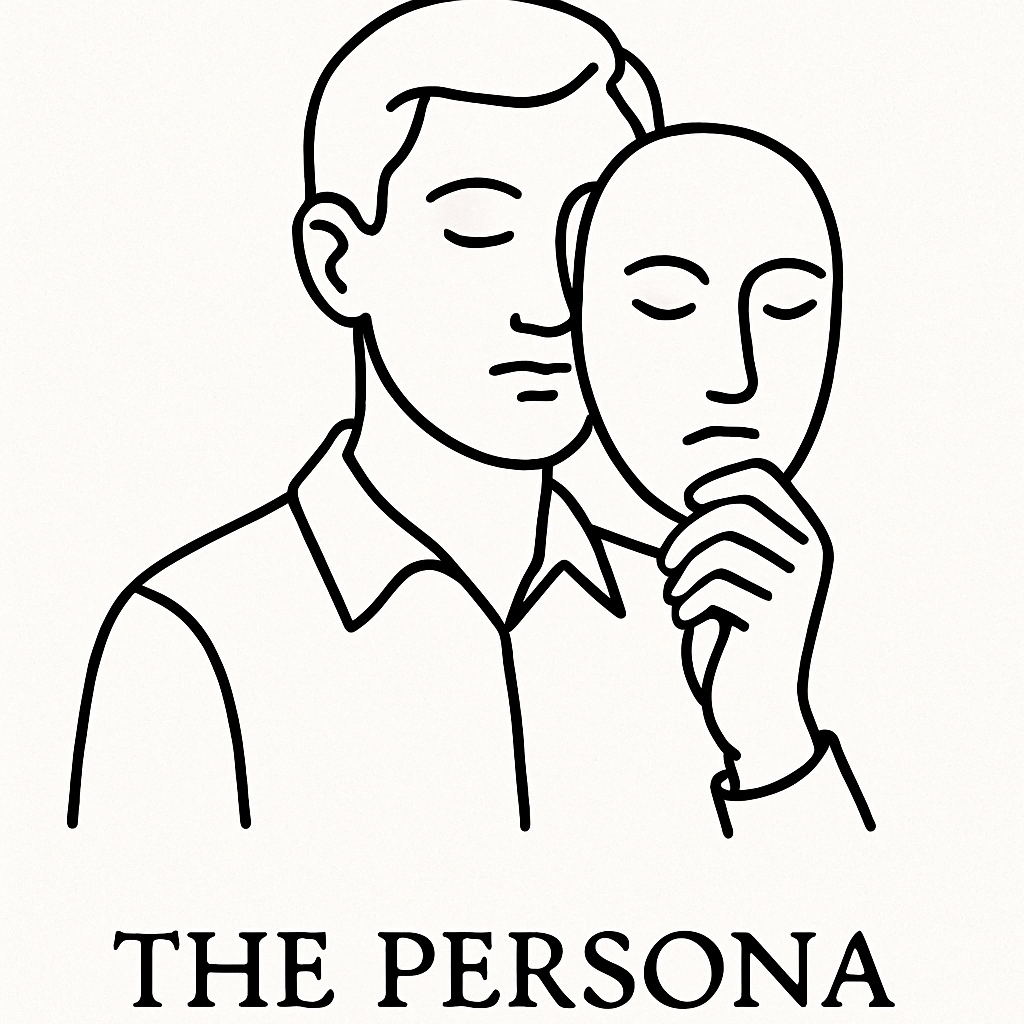






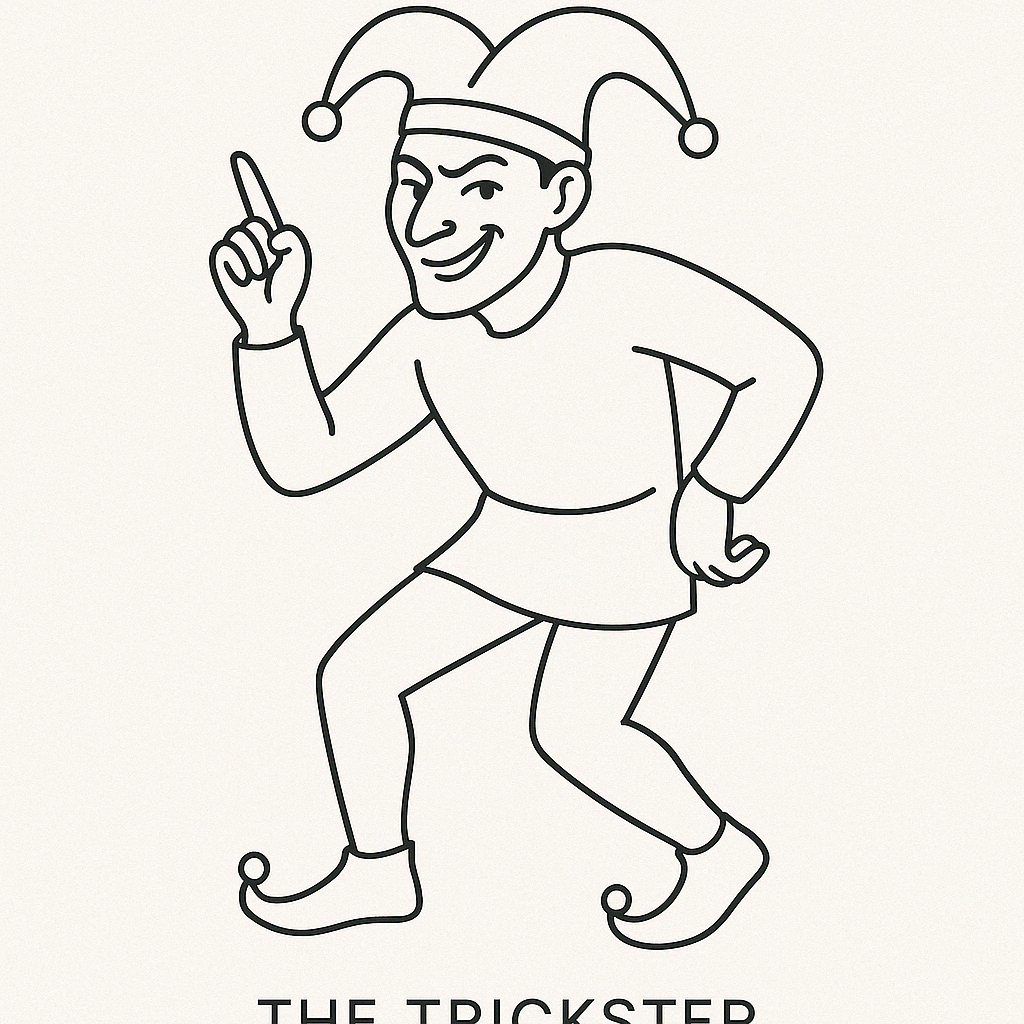

















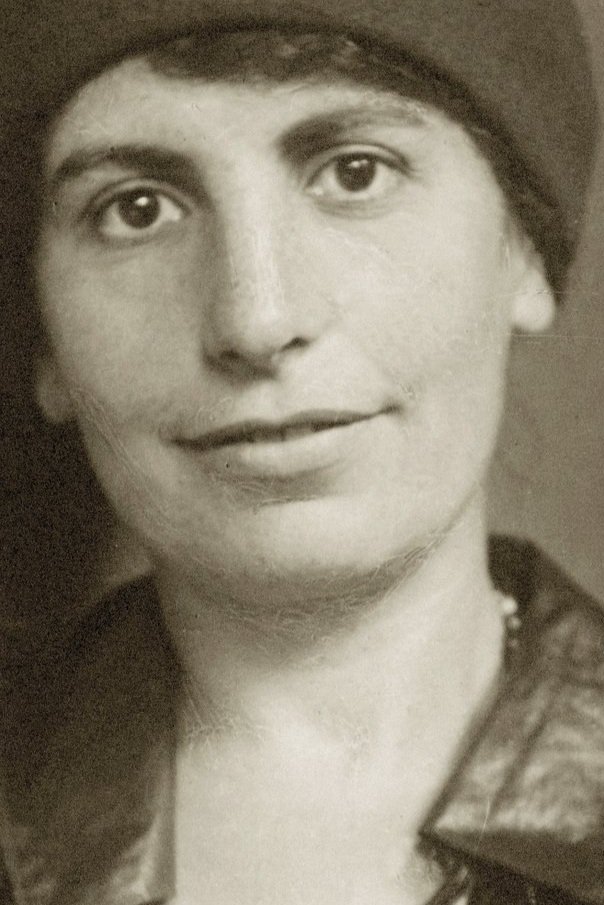



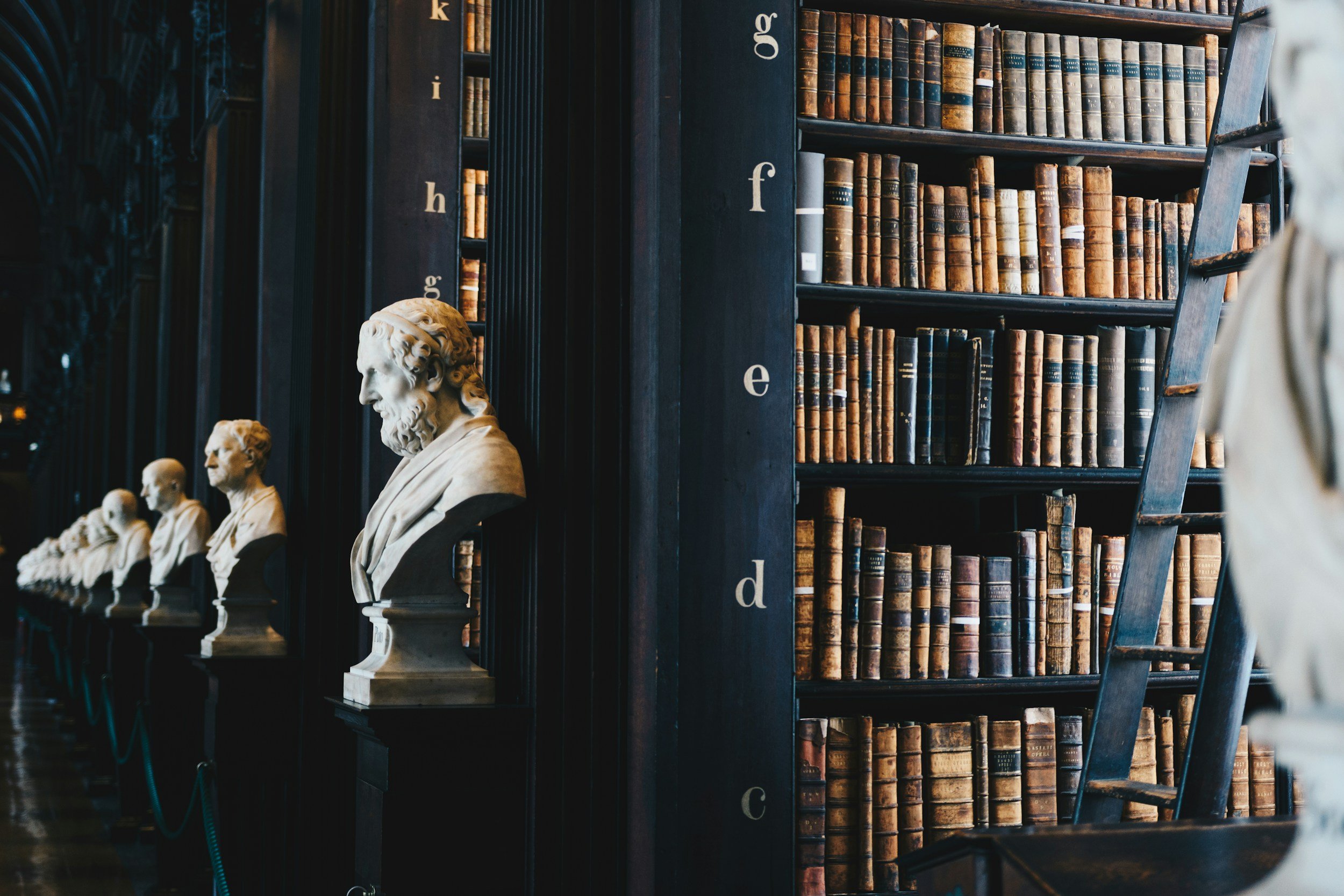
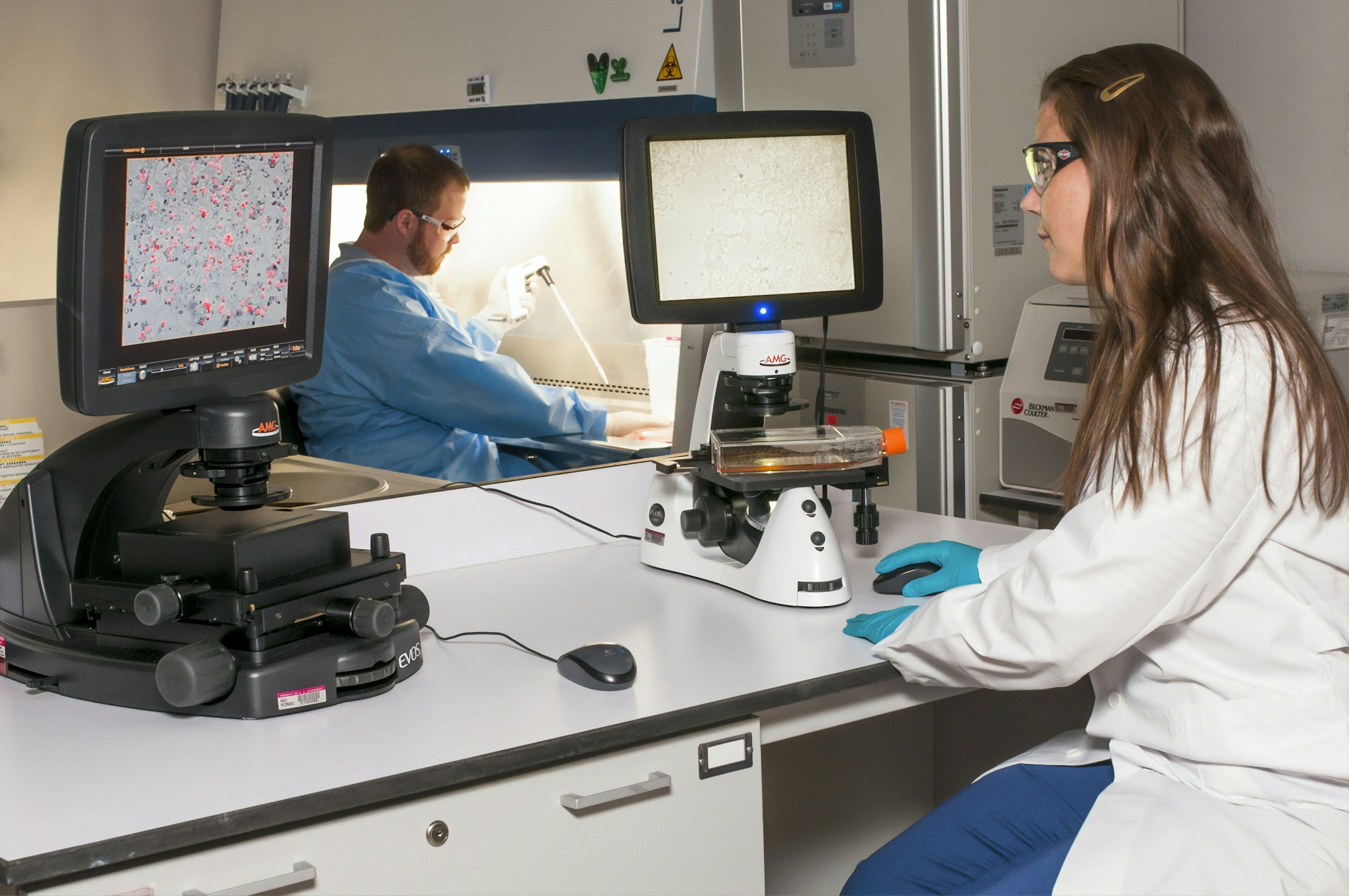

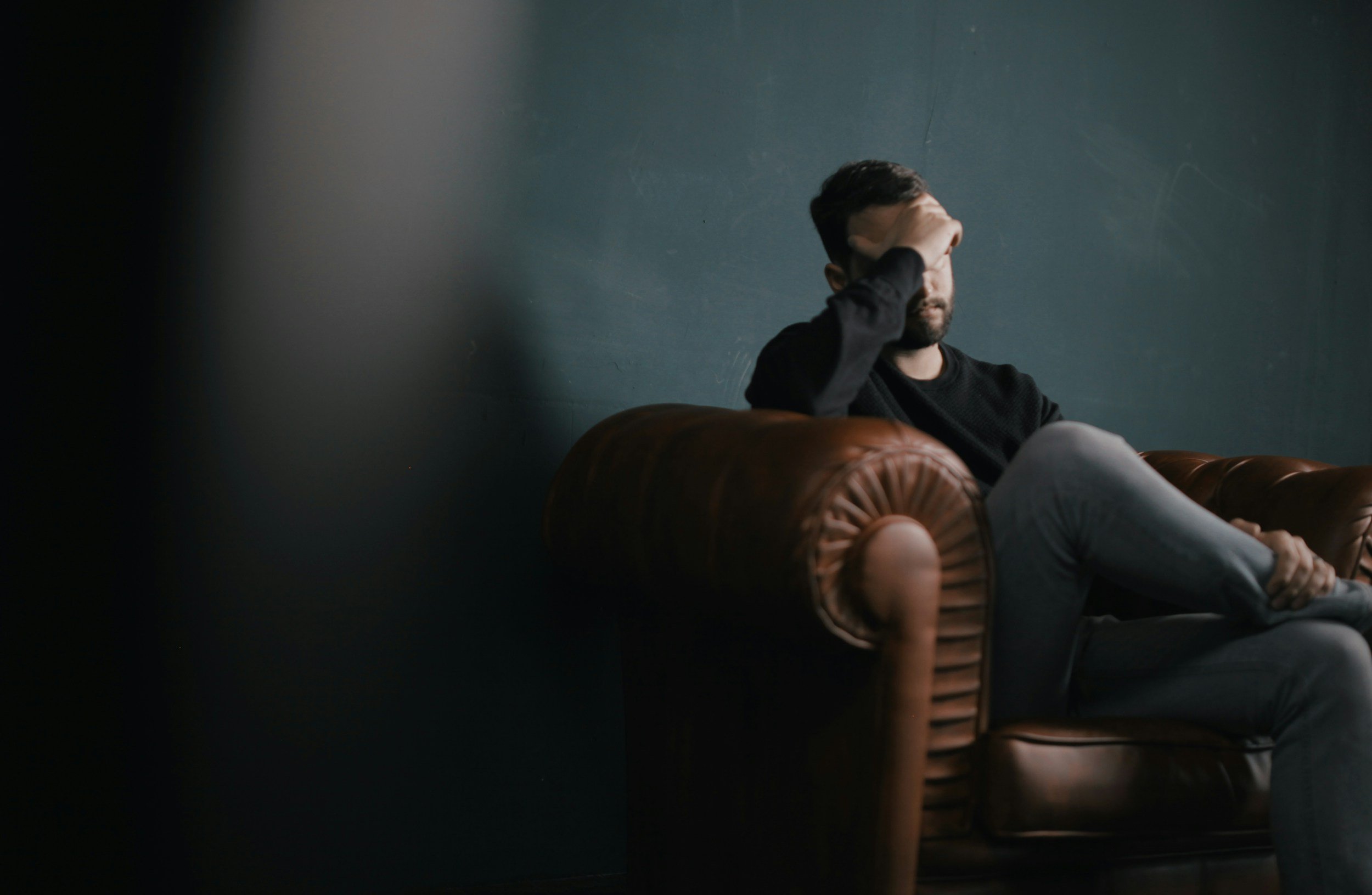




Discover the origins of imposter syndrome, its psychological impact, and effective ways to overcome feelings of self-doubt. Learn how perfectionism, cultural pressures, and workplace dynamics contribute to imposter syndrome, and explore actionable strategies for building confidence and achieving personal growth.